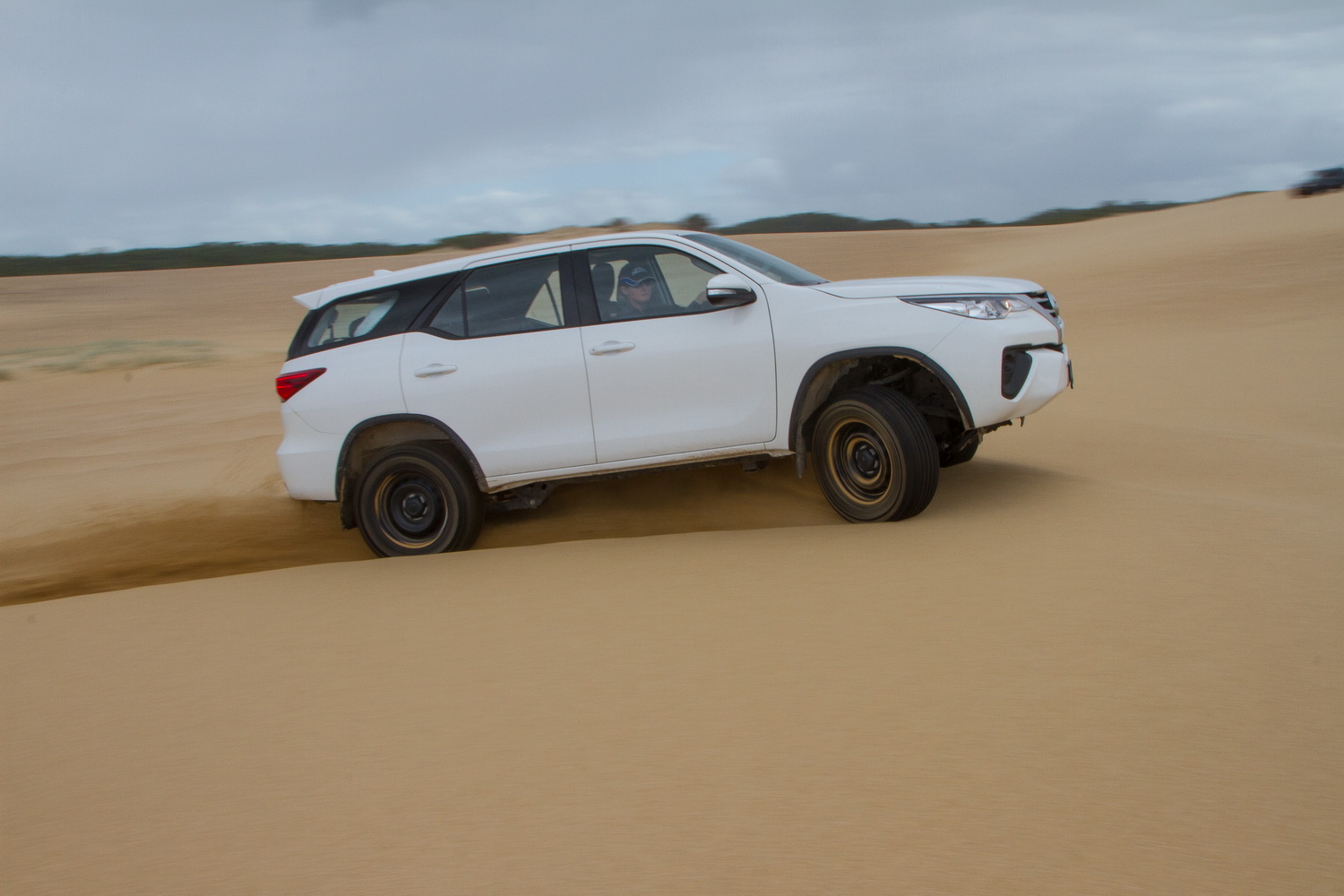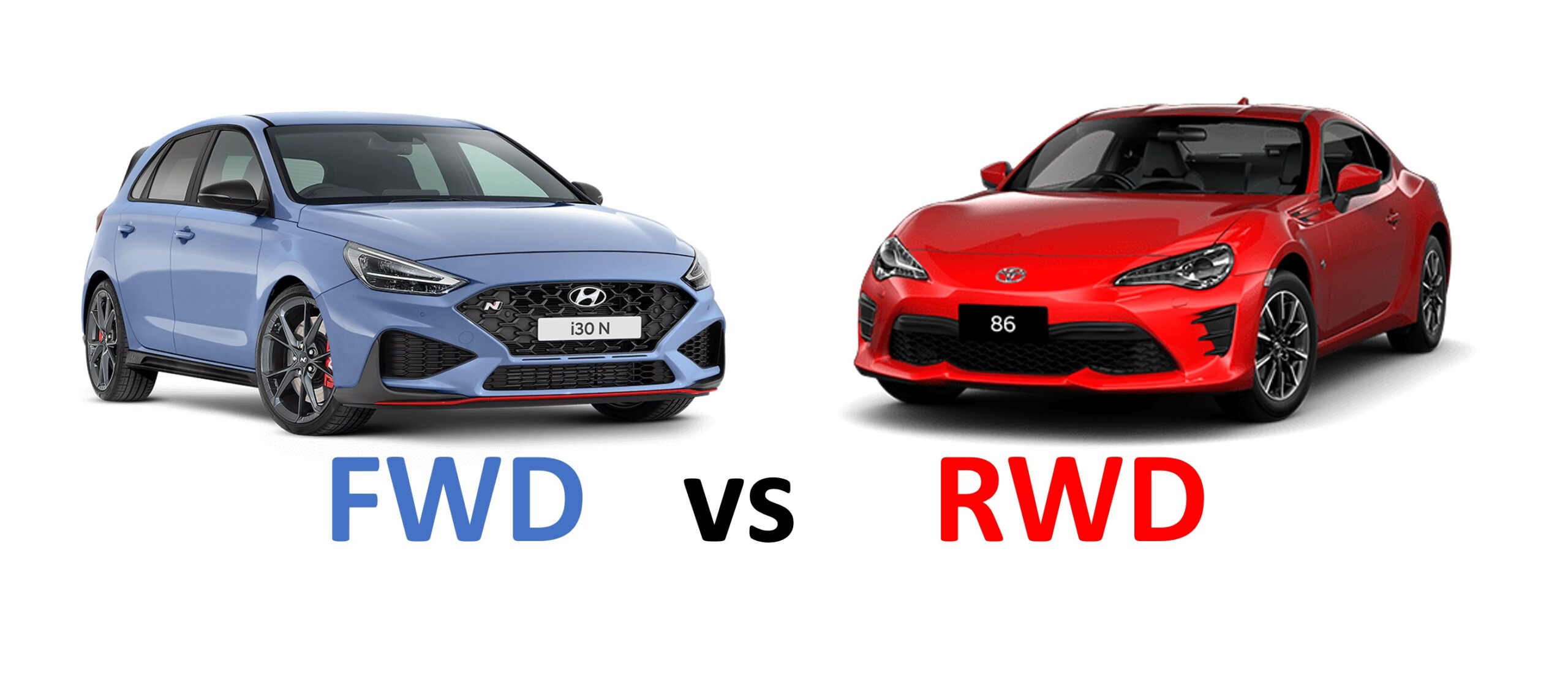
Why are diesels turbocharged?
The short answer is “because they need it”. Here’s the long answer, and why.
Your internal combustion engine, be it diesel or petrol, draws air in through valves as the piston moves down inside its cylinder. Then the valves are closed, and the piston moves back up. A petrol engine creates a compressed mixture of petrol and air which is ignited by a spark plug, and a diesel simply compresses air which is then ignited by injecting diesel. Both result in a controlled explosion and a downwards powerstroke of the piston.
The more air you can stuff into the cylinder, the more fuel you can use to create your explosion, and so you get more power and torque. And who doesn’t like more power and torque!
But the piston moving down can only draw in so much air. To help matters there is such a thing as Forced Induction (FI) which means stuffing as much air as possible into the cylinder using a compressor. If this compressor is driven by a fan put in the way of the exhaust gases from the engine then it is what we call a turbocharger, or turbo. If it is driven by a belt off the engine then that’s the same thing, but called a supercharger. Engines without FI are known as NA, or Normally Aspirated.
So a small-capacity FI engine can produce the same sort of grunt as a large-capacity NA engine, but the FI engine will be smaller and lighter which is always a major benefit in vehicle design.
But this is life, so there’s got to be a disadvantage or two. First, the turbo is an extra component, extra complexity. Second, the power from the exhaust is not free, it creates a slight backpressure which saps energy from the pistons and reduces the engine’s output, although there’s a net overall power and torque gain. And then there’s turbo lag – you put your foot down, the slowish diesel gets out of bed and starts work, the exhaust gases flow, the turbo spins up, compresses some air and then, finally, you get the power. All this takes an irritatingly long time, but there’s fixes.
There’s now sequential turbos – a little one designed to operate at low engine loads or RPM, handing off to a larger one as the load increases. Or there’s variable-vane turbos – the part of the turbo in a fan in the path of the exhaust (the turbine) and the other part which does the air compressing is the pump. The angle of the vanes (blades) of the turbine can be changed so it operates most efficiently in low or high volume exhaust gases. A bi-turbo is two identical turbos each handling half the load, a design which can make packaging of the engine a bit easier.
Turbos work well with diesels because diesels can compress their air as much as they like without fear of pre-ignition (explosion before you want it) as the fuel is not injected until ignition. Diesels also increase their exhaust output under load rather than just revs, so the turbo only really has to work when the engine is working hard, regardless of rev range – and indeed the diesel rev range is smaller than a petrol, so it’s easier to design a turbo to suit. But all else being equal, the turbo still works better at higher revs which is where your power is developed, so the turbo fixes to some extent the diesel’s inherent lack of power – you aren’t holding up traffic in today’s diesels, and that’s in large part thanks to their turbos.
How many turbo-petrol 4X4s can you name? Not many. The reason is that petrol turbos work best at higher revs, and 4X4 work is done often at lower revs. The few turbo petrols tend to be high-performance 4X4s like the Cayenne Turbo and specials from AMG. But Land Rover supercharge, not turbocharge their petrol 4X4xs and they do that because supercharger is directly driven off the engine so delivers benefits lower down the rev range. Petrol sportscars like the WRX use turbos because they deliver lots of extra power high in the rev range which is where sportscars need to be.
Intercoolers
TDi = Turbo Diesel, Intercooled. An intercooler is pretty much like a car radiator, but it cools air coming in to the engine. This done because cooler air is denser, and the more dense the air, the more you can pack into the cylinder and we’re back to our happy cycle of being able to create more power for the same engine capacity. Intercoolers make a difference, and if you’ve ever driven an old diesel without one on a hot afternoon then again the following morning when it’s cold then you’ll remember it’s almost like a new engine.
Turbo timers
Turbo timers – don’t bother. The idea is to idle the car so that the turbo, which runs at several tens of thousand RPM, has time to spin down. Like many myths, there is a little truth to it as you don’t want to shut off a turbodiesel while it is at high rpm under load – or any engine for that matter. But by the time you’ve slowed the car down and halted it, let alone parked, then the turbo too has had more than enough of a chance to slow down. So you don’t need a turbo timer, and it’s not legal to leave a car unattended with the engine running – the law says you must switch off the engine and secure the vehicle before you leave it.
Why no NA diesels?
You can’t find a normally-aspirated diesel these days because the engine simply wouldn’t be competitive, nor pass efficiency and cleanliness tests. Diesels are all turbocharged, not supercharged because diesels can spin turbos easily when under load even at relatively low revs, avoiding the need for the greater energy losses inherent in superchargers.


